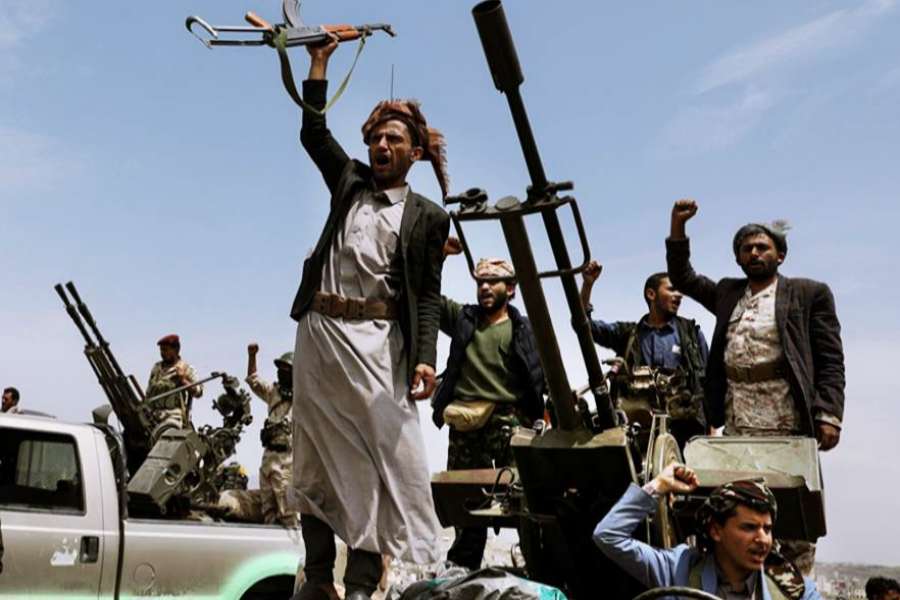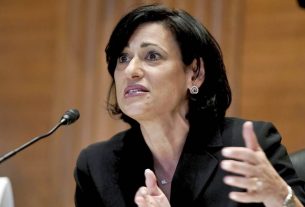US and Iranian officials told the newspaper that indirect negotiations took place in Oman in January, where the US pressed Iran to use its influence over the Houthi movement.
Omani officials shuttled between representatives so they did not speak directly.
The U.S. delegation was led by White House Middle East adviser Brett McGurk and the special envoy on Iran, Abram Paley. The Iranians were represented by Deputy Foreign Minister Ali Bagheri, who is also the leading negotiator in the nuclear talks. According to the Financial Times, the delegations did not meet directly and Oman officials mediated between the sides, in the negotiations.
The talks were an indication of the efforts by the Biden administration to use diplomatic channels, along with military threats, to reduce aggressions in the region, which have increased substantially since the war in Gaza began.
U.S. officials regard the indirect channel of discussion with Tehran as a method to raise a variety of threats, a source told FT. He said those included a message about what Iran should do to prevent a wider conflict.
Another round of talks was scheduled to be held in February but was postponed when the Americans intended to connect it to the mediation between Israel and Hamas.
Iran claimed it had limited sway over the Houthi rebels and was unable to dictate what their proxy can do, an Iranian official told the newspaper, but that there could be negotiations with them.
However, there are indications that Tehran was trying to reduce the tensions with Washington after three U.S. service members were killed in a drone strike near the Jordanian border with Syria in late January.
Iran removed some of the senior commanders of the Revolutionary Guards from the area and, since February 4, there have been no attacks on bases housing U.S. troops in Iraq or Syria. U.S. officials also noted that the Iranians appeared to be working to rein in the Shiite militias in Iraq.
![]()





